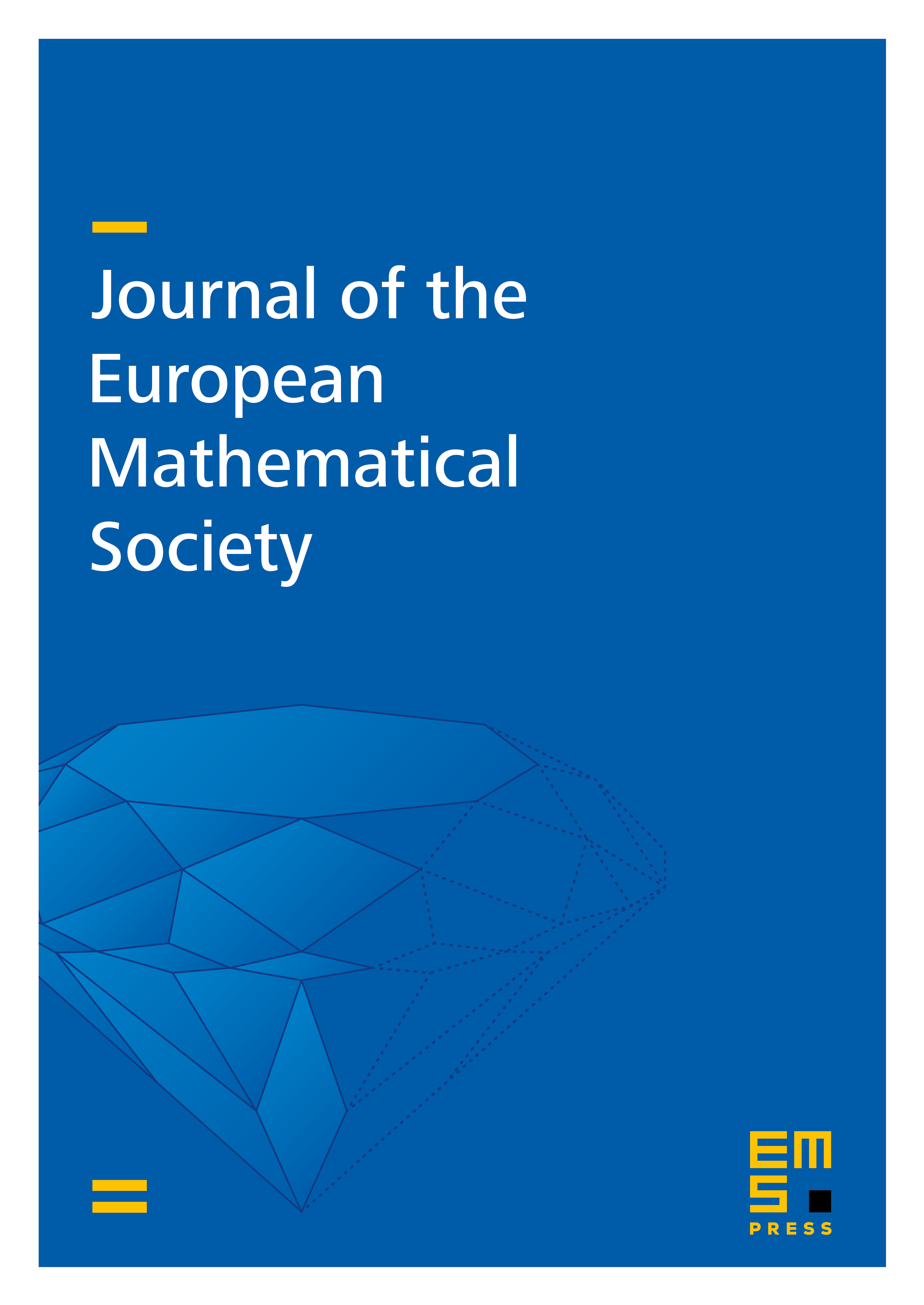Enveloping algebras of Slodowy slices and the Joseph ideal
Alexander Premet
The University of Manchester, United Kingdom

Abstract
Let be a simple algebraic group over an algebraically closed field of characteristic , and . Let be an -triple in with being a long root vector in . Let be the -invariant bilinear form on with and let be such that for all . Let be the Slodowy slice at through the adjoint orbit of and let be the enveloping algebra of ; see [31]. In this note we give an explicit presentation of by generators and relations. As a consequence we deduce that contains an ideal of codimension which is unique if is not of type . Applying Skryabin's equivalence of categories we then construct an explicit Whittaker model for the Joseph ideal of . Inspired by Joseph's Preparation Theorem we prove that there exists a homeomorphism between the primitive spectrum of and the spectrum of all primitive ideals of infinite codimension in which respects Goldie rank and Gelfand–Kirillov dimension. We study highest weight modules for the algebra and apply earlier results of Miličić–Soergel and Backelin to express the composition multiplicities of the Verma modules for in terms of some inverse parabolic Kazhdan–Lusztig polynomials. Our results confirm in the minimal nilpotent case the de Vos–van Driel conjecture on composition multiplicities of Verma modules for finite -algebras. We also obtain some general results on the enveloping algebras of Slodowy slices and determine the associated varieties of related primitive ideals of . A sequel to this paper will treat modular aspects of this theory.
Cite this article
Alexander Premet, Enveloping algebras of Slodowy slices and the Joseph ideal. J. Eur. Math. Soc. 9 (2007), no. 3, pp. 487–543
DOI 10.4171/JEMS/86